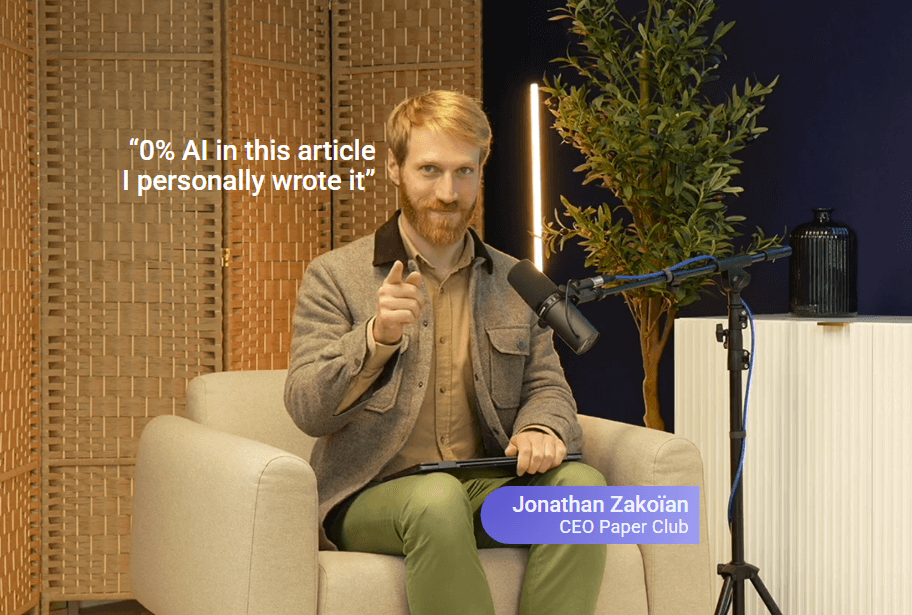Why and when does ChatGPT use Google?
TL;DR — Whenever ChatGPT needs information published after June 2024 or data it doesn’t have, it fetches the answer from Google.
When a user submits a query, ChatGPT first evaluates whether the answer exists within its model or if it needs to retrieve part or all of the information from the internet. The current GPT-5 model doesn’t contain any data more recent than June 2024, so any query requiring up-to-date information — for example, a question related to a purchase — will trigger a “Web search.”
While ChatGPT originally relied on Bing as a search engine (due to Microsoft’s stake in OpenAI), it now uses Google — which won’t surprise experienced SEO professionals, as Google is simply a better search engine than Bing.
How does ChatGPT perform its “Web search” using query fan-outs?
TL;DR — ChatGPT breaks queries into multiple “query fan-outs” (Google searches). To appear in its answers, your page needs to rank high in the SERPs of several of these fan-outs.
When it performs a “Web search,” ChatGPT divides the topic into multiple Google searches — typically around fifty different keywords. These separate searches are what we call fan-outs (literally “branches”).
To retrieve the URLs ranking in each keyword’s SERP, ChatGPT uses a third-party tool called SerpAPI. Since September 2025, Google has partially restricted access to its search results pages, and SerpAPI can now only return the top 10 results per SERP (instead of the top 100 previously).
This means ChatGPT gathers around 50 × 10 = 500 URLs, but it’s impossible (and too costly) for it to read and summarize all 500 pages. It must therefore identify which pages are most likely to contain the right information to answer the user’s query. To do this, ChatGPT uses the RRF (Reciprocal Rank Fusion) formula, which scores each URL. Without diving into math, here’s the key idea: the more often and the higher a page appears across multiple keyword searches, the higher its overall score. In short, RRF rewards pages (not domains) that rank high and repeatedly across different SERPs.
How to maximize your page’s RRF score
TL;DR — We recommend publishing an article on a high-authority media outlet that ranks for several keywords, supported by second-tier link building for each keyword.
First, remember this: SEO directly affects your visibility on ChatGPT for any query that triggers a web search. However, there’s a major difference compared to traditional SEO — a page with a strong RRF score must be able to rank on multiple keywords, whereas in classic SEO, the usual strategy is to target one keyword per page.
We therefore recommend structuring an article that targets 2 to 3 keywords, ideally organized into semantic chunks. Since your main goal is to get that article into the top 10 results of several SERPs, you’ll need to publish it on a high-quality SEO media outlet. Then, implement second-level linkbuilding for each keyword — meaning you’ll produce additional articles, each focused on a single keyword, that include a backlink to your main multi-keyword article.



